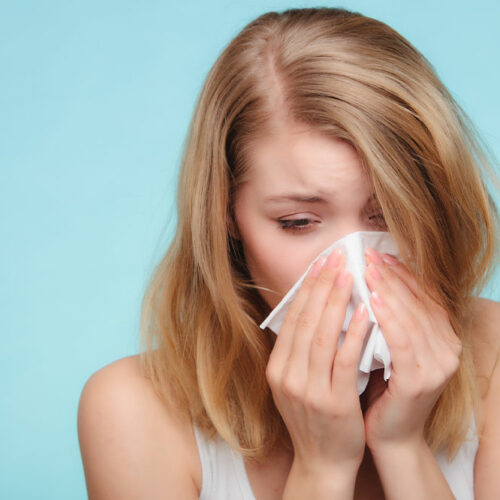Things to do and avoid for healthy nails

One may have weak nails if they bend, chip, or break easily. This is a common problem, making one use acrylic and gel nails to get the length and shape they design without relying on their own nails. However, this is only a temporary solution for brittle nails. Making a few changes, like eating well-balanced meals, practicing good hygiene, and protecting their nails, can help restore their health and make them stronger. Things to do Staying hydrated Water is crucial for maintaining a healthy mind and body, which includes nail health. If one does not have enough water and fluids during the day for the nails to get moisture, they may experience brittle nails. Maintaining optimum hydration levels will help one retain moisture in the nails and strengthen them. Using mild nail products One should skip nail paints and other products that contain compounds like formaldehyde, toluene, and DBP. All of these are harsh on the nails and can end up weakening them. One can try to find brands known for non-toxic, mild nail polishes. Products that do not contain these 3 harsh ingredients often come with “3-free” labels. One might also find some 5-free and 7-free paints that skip harsh chemicals like camphor, xylene, formaldehyde resin, and TPHP.






